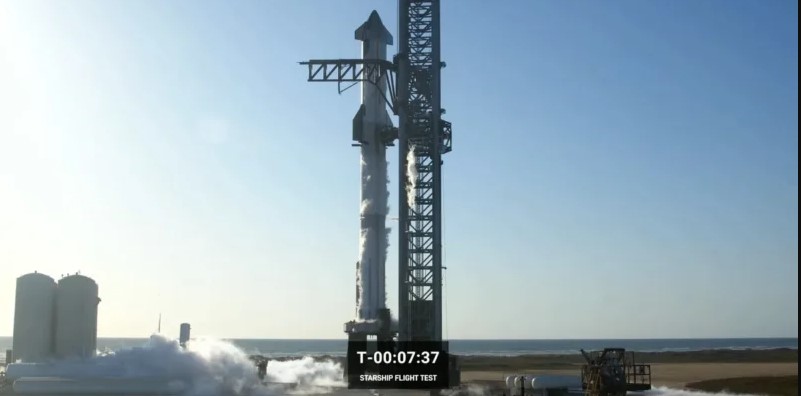
On November 15, SpaceX received final regulatory approvals that allow the company to proceed with the second integrated Starship/Super Heavy launch scheduled for the morning of November 17. The Federal Aviation Administration announced on November 15 that it had issued SpaceX a renewed license to launch the vehicle. “The FAA has determined that SpaceX meets all safety, environmental, policy, and financial responsibility requirements,” the FAA said in a statement.
The last step in obtaining the license was the completion of an environmental review by the U.S. Fish and Wildlife Service (FWS) for the modernization of the Starship launch site in Boca Chica, Texas, including the addition of a water flood system. This system is intended to reduce the likelihood of pad damage, which was observed during the first Starship launch in April.
Earlier that day, the FWS announced that it had completed the inspection “and concluded our formal consultations with the FAA.” This inspection officially began on October 19, and the agency said it could take up to 135 days, but it “does not expect it to take the entire time.”
The survey did not reveal any significant environmental changes caused by this flood system, nor did it reveal any other adjustments, such as an increased search area for any cultural artifacts. It was concluded that the results of the initial review “are still largely valid and the relevant conditions and requirements of the previous review and approval have been or will be met in the current action”.
SpaceX said it plans to launch no earlier than November 17, pending regulatory approvals. The company confirmed these plans after the FAA announcement, saying that the launch was scheduled for a two-hour window that opens at 8 a.m. ET.
In the FAA license, this mission is called Orbital Flight Test 2, although, as with the first launch, Starship is not designed for full orbit. Instead, the spacecraft will land off the coast of Hawaii about 90 minutes after launch, if the flight goes according to plan.
The first flight, of course, did not follow this plan, and the vehicle was destroyed by its flight termination system about four minutes after takeoff when a series of engine failures led to a loss of control. SpaceX CEO Elon Musk said in June that the company had made “more than a thousand” changes to Starship/Super Heavy based on lessons learned from the first launch and other desired updates. At the time, he estimated a 60% chance of a successful flight.

